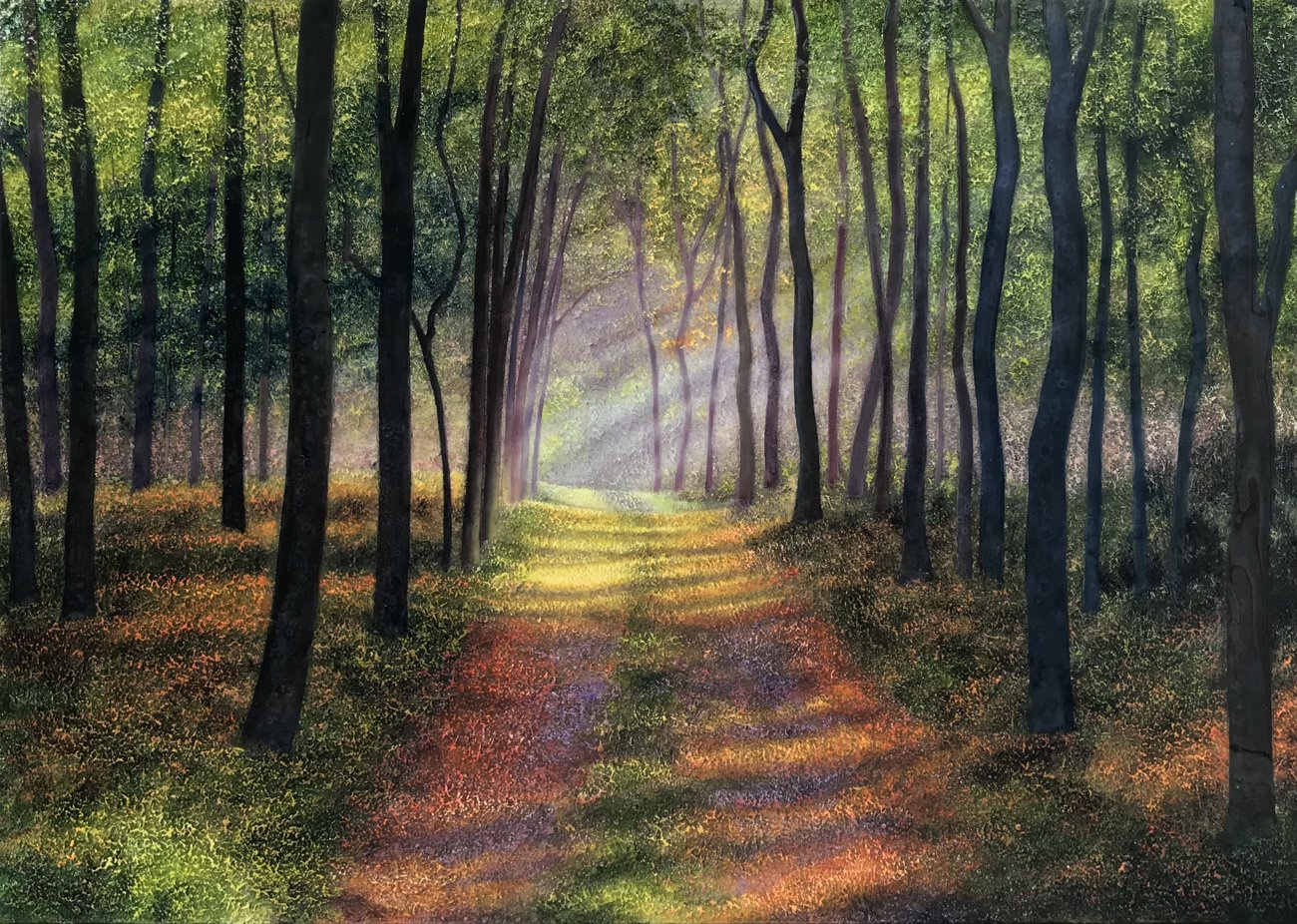Finding inspiration for your art can sometimes be challenging, but there are many ways to rekindle your creativity and keep the ideas flowing. Here are some strategies to help you discover your artistic muse. I don’t know if they’ll work for you, but they definitely help me when I feel “stuck”.
1. Immerse Yourself in Nature
Nature is an endless source of inspiration. Take a stroll in the park, hike a scenic trail, or relax in your garden. Observe the colors, shapes, and patterns around you. The serenity of nature can help clear your mind and spark new ideas.
2. Visit Art Exhibitions
Seeing the work of other artists can be incredibly motivating. Visit local galleries and museums to explore a variety of styles and mediums. Notice what resonates with you and think about how you can incorporate similar elements into your own creations.
3. Join Art Communities
Engage with online art communities or local art groups. Sharing your work and seeing what others are creating can provide fresh perspectives and ideas. Platforms like Instagram, Pinterest, and DeviantArt are great places to connect with fellow artists and find inspiration.
4. Maintain an Idea Journal
Keep a sketchbook or journal with you at all times. Jot down ideas, doodles, and thoughts as they come to you. This habit can help you capture fleeting moments of inspiration that you might otherwise forget.
5. Experiment with New Mediums
Trying out new materials and techniques can open up new avenues for creativity. If you usually paint, try sculpting or digital art. Experimenting with different mediums can help you break out of a creative rut and discover new passions.
6. Find Beauty in the Everyday
Look for inspiration in the mundane. Everyday objects, people, and scenes can be transformed into compelling art. Pay attention to the details of your daily life and consider how they can be reimagined in your artwork.
7. Take Breaks and Reflect
Sometimes, stepping away from your work can be the best way to find inspiration. Take breaks, meditate, or engage in other hobbies. Giving your mind a rest can lead to unexpected bursts of creativity when you return to your art.
These are my “go to” strategies for finding inspiration. What works for you?









